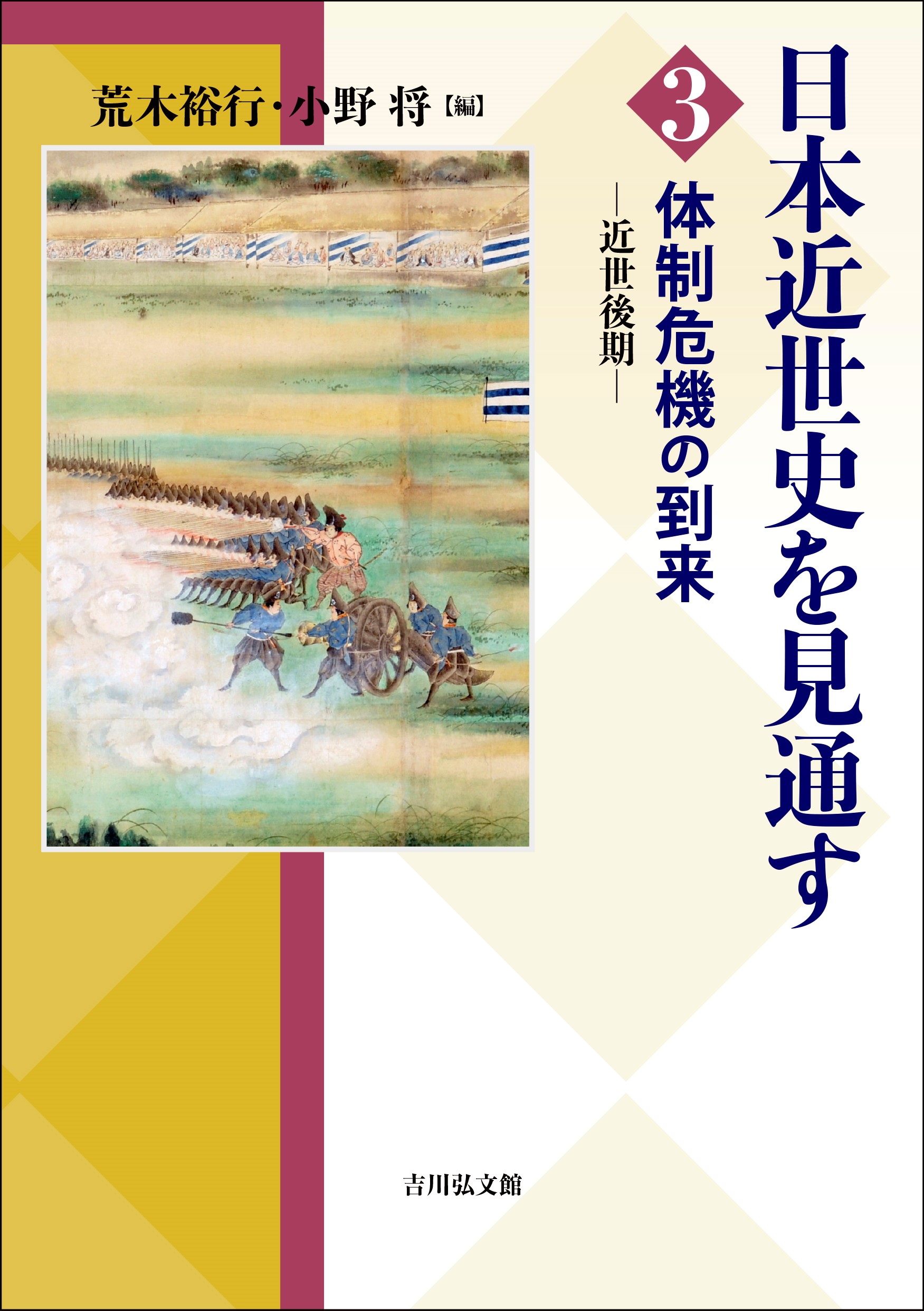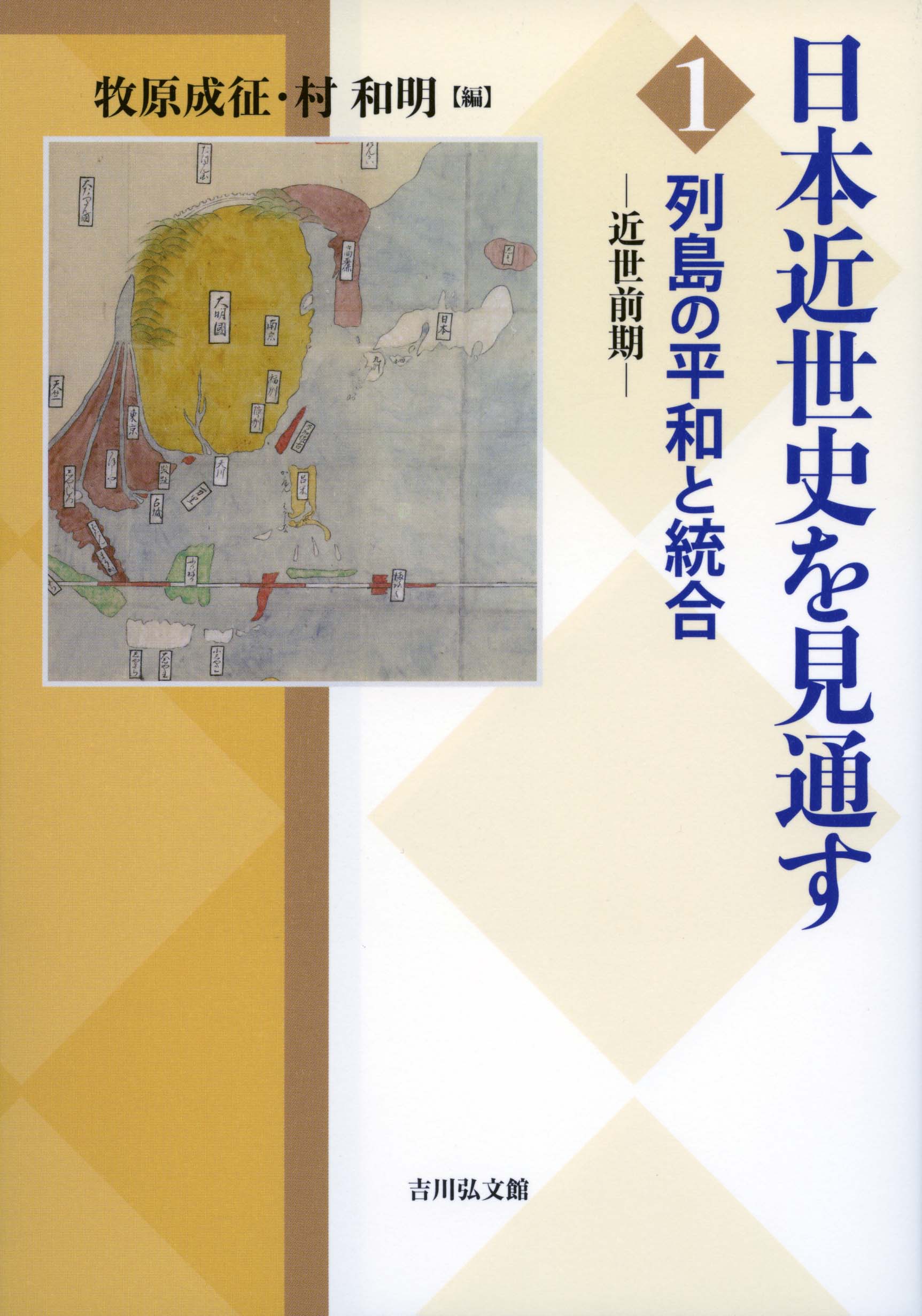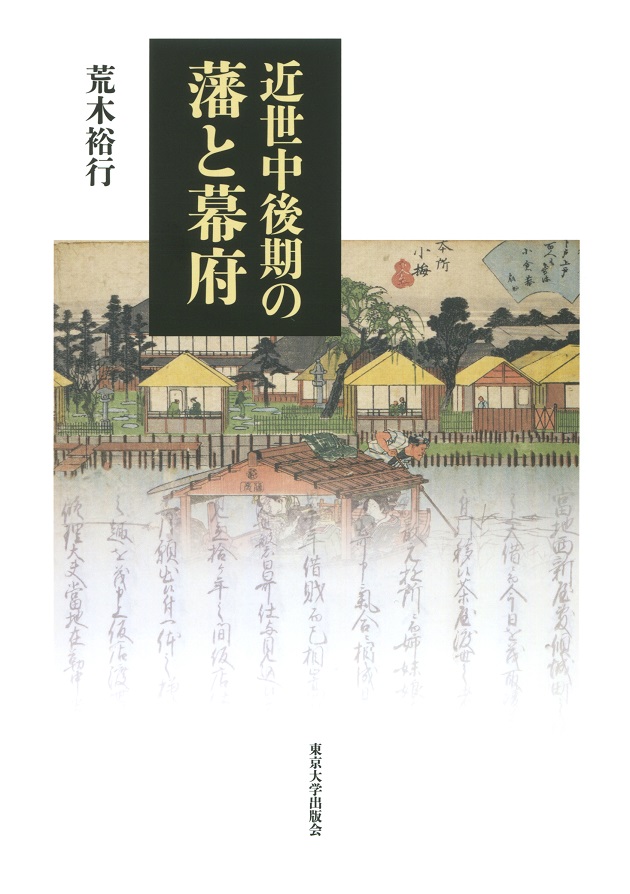
Title
New Perspectives on Early Modern Japanese history vol.3 Taisei kiki no Torai (The Arrival of systemic crisis in the 19th Century)
Size
206 pages, A5 format
Language
Japanese
Released
January 26, 2024
ISBN
9784642068864
Published by
Yoshikawa Kobunkan
Book Info
See Book Availability at Library
Japanese Page
This is the third volume in a seven-volume series of articles on Japanese early modern history, featuring contributions from experts engaged in cutting-edge research. While the first volume focused on the history of the 17th century and the second on the 18th century, this volume focuses on Japanese history in the 19th century.
The primary aim of this book is to present an understanding that integrates political history with the history of foreign relations. It may seem obvious, but early modern Japan was once viewed as a system of isolation and "seclusion" (Sakoku). Today, however, there is greater emphasis on the relationship between early modern Japan and the East Asian region, and the history of the Japanese archipelago within the context of Asia is examined. This book also explores the history of the nineteenth century with a focus on international relations through four regions: the northern region of Yezo, the island of Tsushima, the port city of Nagasaki in Kyushu, and the domain of Satsuma and the Ryukyu Kingdom. In addition, diplomatic relations with Western powers were established at the end of the Edo period, so it is crucial to situate Japanese history within broader world historical trends.
This volume also adopts the perspective that the period from the Kansei era (late 18th century) to the arrival of the U.S. squadron in the mid-19th century should be understood as a single continuous period. The half-century from the Kansei reforms of the shogunate (Chapter 1) through the long stretch known as the "Ōgosho Period" is seen as a time in which a specific political system was promoted, leading to the accumulation of contradictions within the state. Chapters 2 to 5, as well as Chapter 7, address these issues. Chapter 2 discusses the relationship between the shogunate and the imperial court; Chapter 3 discusses the relationship between the shogunate and the clans Chapter 5 covers various issues related to Ezo and the northern border regions, and Chapter 7 offers a broad perspective on the history of international relations around the Pacific Rim. Chapter 4 delves into the history of shogunal politics in the 1840s and 1850s, explaining the immediate preconditions for Bakumatsu political history.
The systemic crisis faced by Japan in the nineteenth century, often referred to as the "internal and external crisis," was marked by simultaneous external conflicts and internal unrest that intensified each other. Chapter 6 examines how popular opposition movements curtailed the power of the shogunate and the domains, focusing on local movements during the late Edo period.
Although this book is not a collection of academic articles, its content is highly scholarly, aiming to offer a clear explanation of the latest theories rather than simply providing a textbook-style overview. We hope that by reading all the volumes in this series, "New Perspectives on Early Modern Japanese History," readers will experience the unique appeal and rich potential of this field of historical research.
(Written by ONO Sho, Associate Professor, Historiographical Institute / 2024)



 Find a book
Find a book



